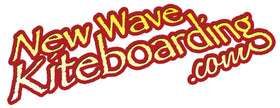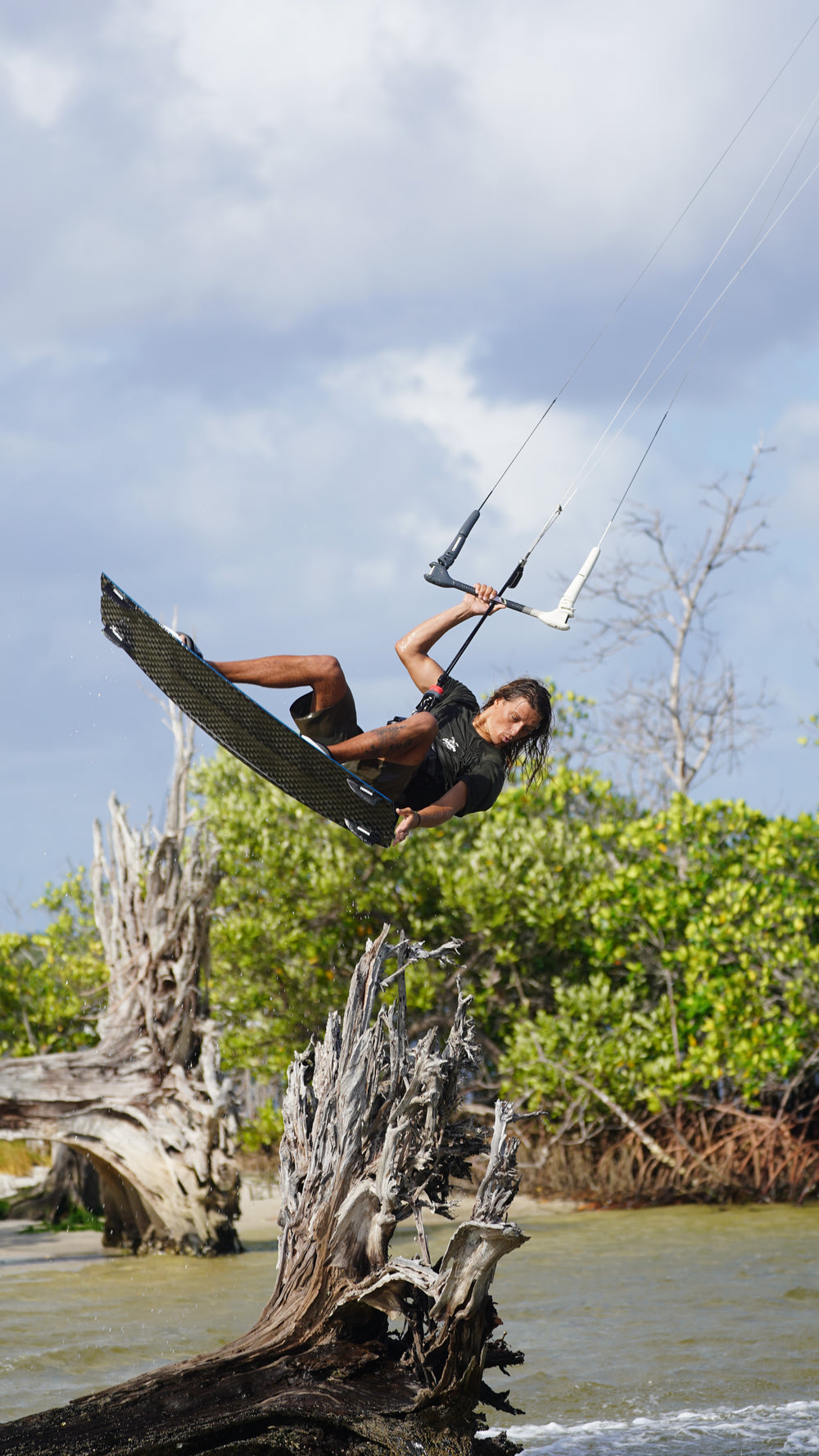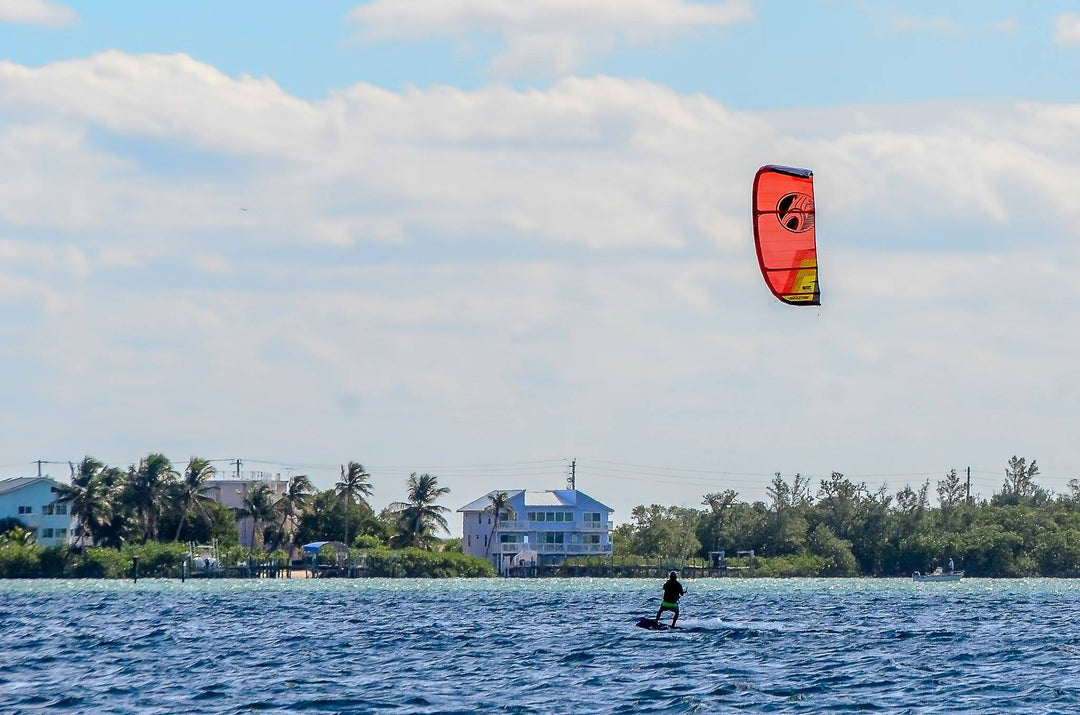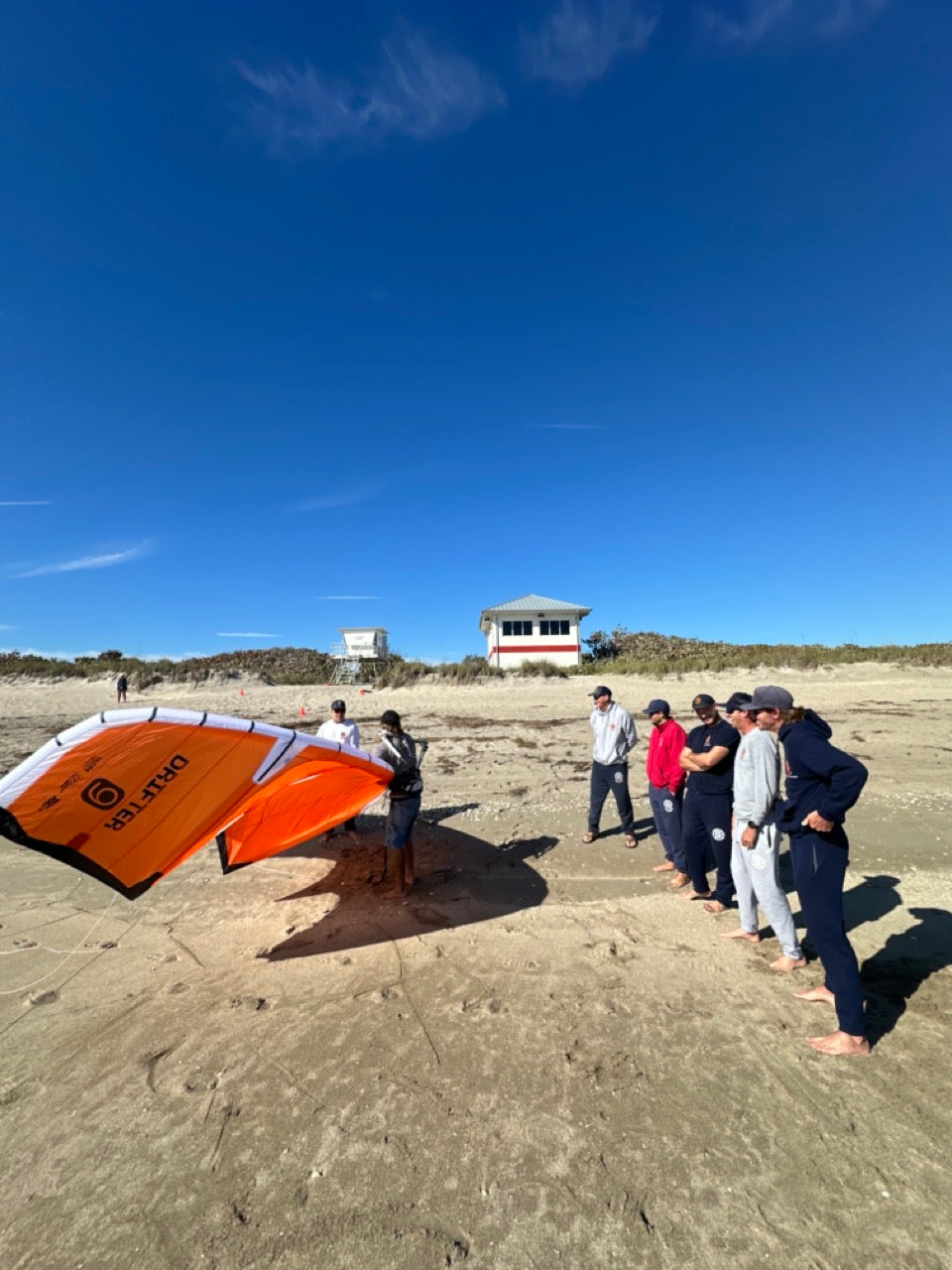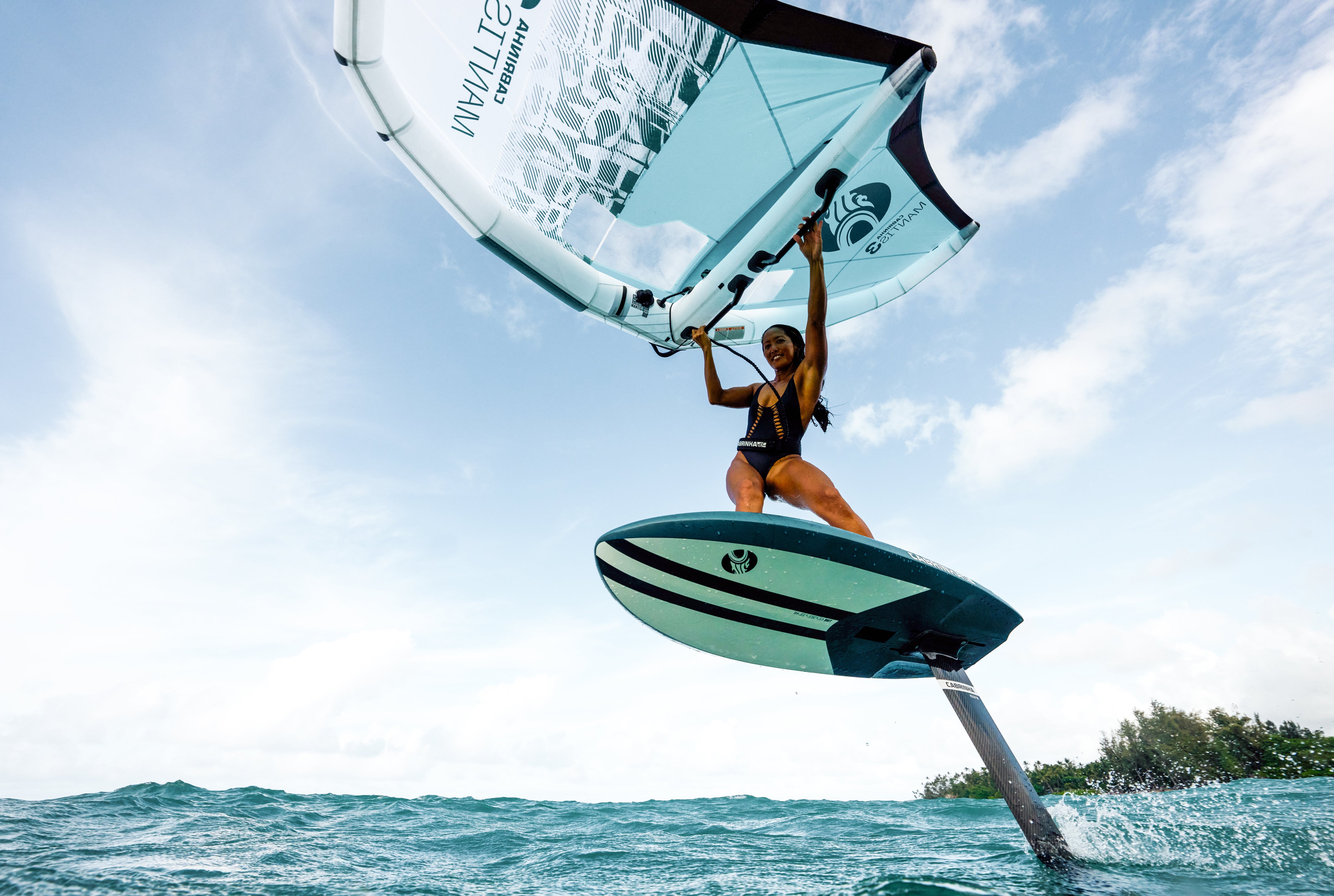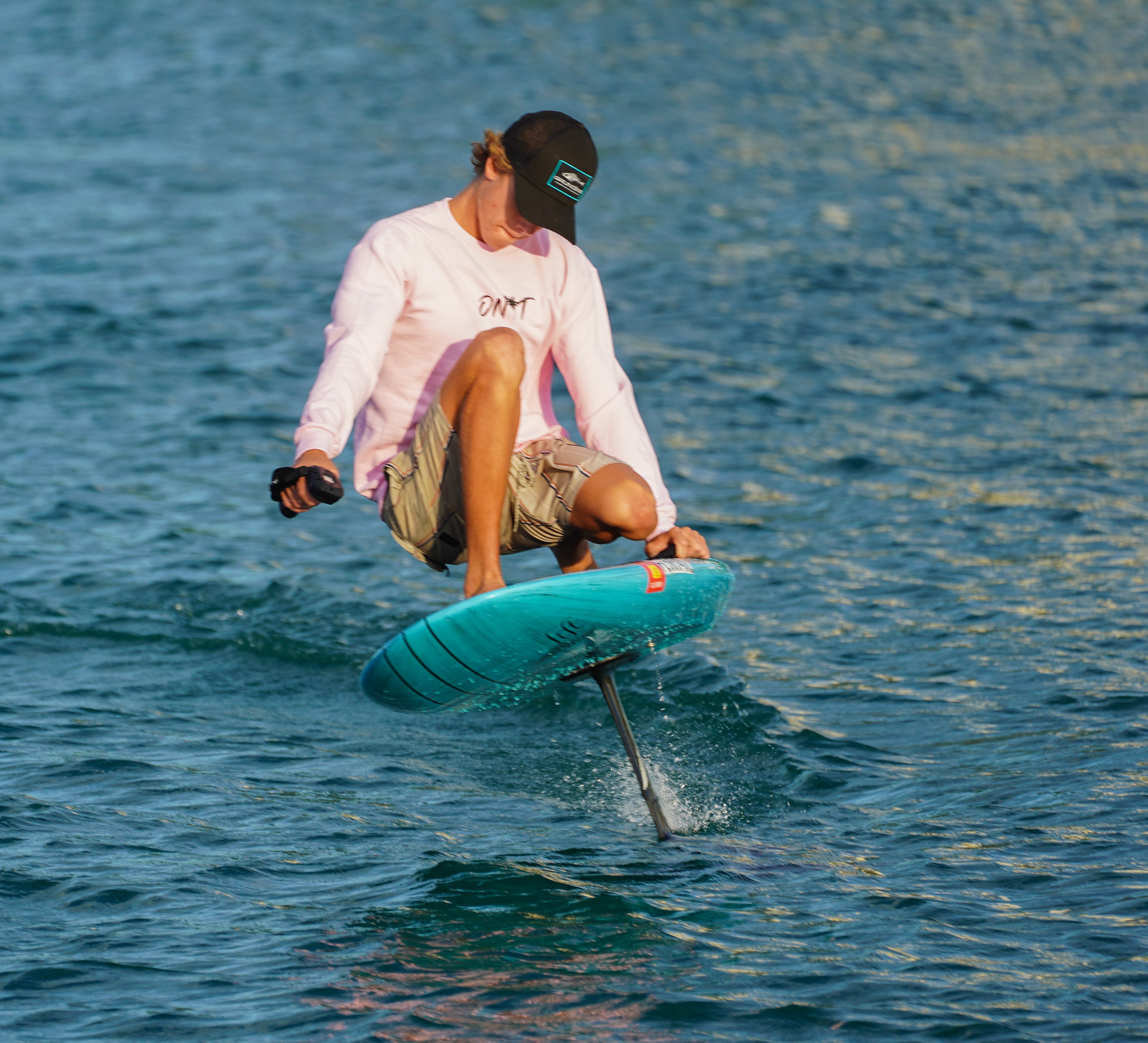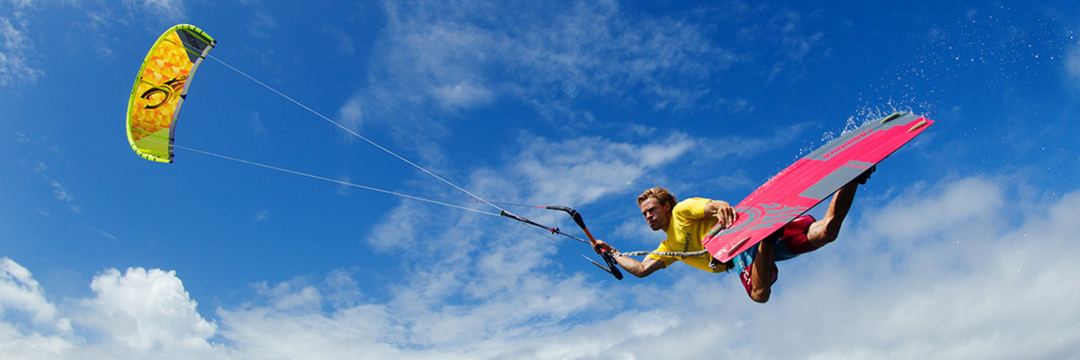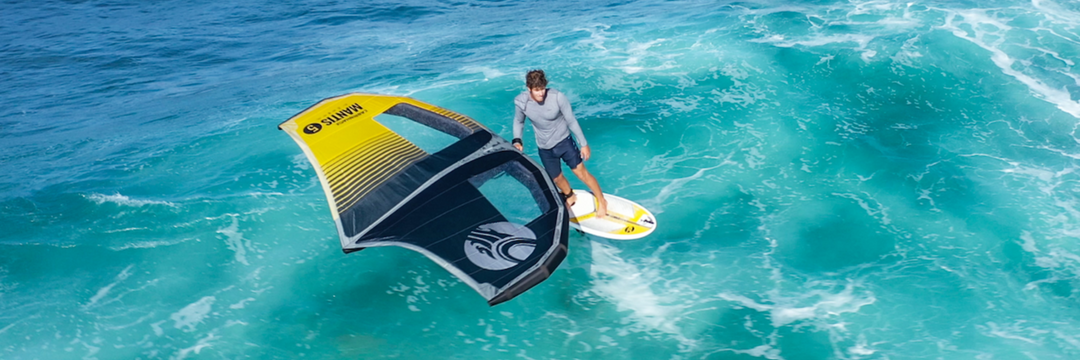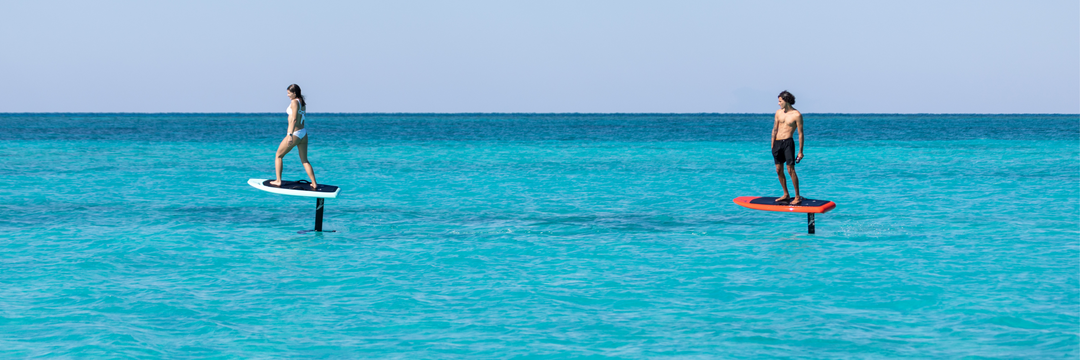What to Look For When Buying Used Kiteboarding Gear
Kiteboarding, an exhilarating blend of paragliding and surfing, offers the thrill of harnessing the wind to glide across the water. For those looking to dive into this adventure without breaking the bank, buying used kiteboarding gear can be a great option. However, it's essential to know what to look for to ensure you're getting quality gear that's both safe and suitable for your needs. Here's a guide to help you navigate the world of second-hand kiteboarding equipment.
### 1. **Inspect the Kite**
- **Material and Stitching**: Check for wear and tear. A kite's canopy should be free from any rips, patches, or pinholes. Ensure the stitching is intact, especially along seams and stress points.
- **Bridle and Lines**: These should be free of knots, abrasions, or signs of wear. If they seem worn out, consider the cost of replacement.
- **Bladders**: Inflate the kite and listen for any slow leaks. Repairing bladders can be a tedious process and sometimes expensive.
### 2. **Check the Bar and Lines**
- **Safety Release**: A functional safety release system is crucial. Ensure it operates smoothly and resets easily.
- **Lines**: Look for signs of wear or fraying. While lines can be replaced, factor this into your cost if they seem near the end of their lifespan.
- **Depower System**: Ensure it moves smoothly and isn't damaged.
### 3. **Examine the Harness**
- **Fit**: This is crucial. A harness should fit snugly but comfortably, offering good lumbar support.
- **Wear and Tear**: Look for any signs of damage, particularly on the straps and attachment points.
### 4. **Look Over the Board**
- **Foot Straps and Pads**: These should be in good condition and adjustable. Replacement can be relatively simple but may add to your overall cost.
- **Fins**: Ensure they are intact and have no cracks. Check the screws and mounting points for rust or damage.
- **Surface**: Minor scratches on the bottom are okay, but deep gouges or cracks can compromise the board's integrity.
### 5. **Ask About Age and Usage**
Knowing how old the gear is and how frequently it was used can give you an idea about its remaining lifespan. A kite that's been heavily used for several seasons might be nearing the end of its effective life.
### 6. **Research the Brand and Model**
Certain brands and models are renowned for their durability and performance. Do your homework to ensure you're getting gear with a good reputation.
### 7. **Price**
While the cost is a factor, don't just go for the cheapest option. Sometimes, spending a bit more upfront can save you money in the long run by avoiding frequent replacements or repairs.
### **In Conclusion**
Buying used kiteboarding gear is an excellent way for beginners to start or for seasoned riders to expand their kit. By being diligent and knowing what to look for, you can find great deals without compromising on safety or performance. Remember, when in doubt, consulting with experienced kiteboarders or professionals can provide invaluable insights. Happy kiteboarding!
### 1. **Inspect the Kite**
- **Material and Stitching**: Check for wear and tear. A kite's canopy should be free from any rips, patches, or pinholes. Ensure the stitching is intact, especially along seams and stress points.
- **Bridle and Lines**: These should be free of knots, abrasions, or signs of wear. If they seem worn out, consider the cost of replacement.
- **Bladders**: Inflate the kite and listen for any slow leaks. Repairing bladders can be a tedious process and sometimes expensive.
### 2. **Check the Bar and Lines**
- **Safety Release**: A functional safety release system is crucial. Ensure it operates smoothly and resets easily.
- **Lines**: Look for signs of wear or fraying. While lines can be replaced, factor this into your cost if they seem near the end of their lifespan.
- **Depower System**: Ensure it moves smoothly and isn't damaged.
### 3. **Examine the Harness**
- **Fit**: This is crucial. A harness should fit snugly but comfortably, offering good lumbar support.
- **Wear and Tear**: Look for any signs of damage, particularly on the straps and attachment points.
### 4. **Look Over the Board**
- **Foot Straps and Pads**: These should be in good condition and adjustable. Replacement can be relatively simple but may add to your overall cost.
- **Fins**: Ensure they are intact and have no cracks. Check the screws and mounting points for rust or damage.
- **Surface**: Minor scratches on the bottom are okay, but deep gouges or cracks can compromise the board's integrity.
### 5. **Ask About Age and Usage**
Knowing how old the gear is and how frequently it was used can give you an idea about its remaining lifespan. A kite that's been heavily used for several seasons might be nearing the end of its effective life.
### 6. **Research the Brand and Model**
Certain brands and models are renowned for their durability and performance. Do your homework to ensure you're getting gear with a good reputation.
### 7. **Price**
While the cost is a factor, don't just go for the cheapest option. Sometimes, spending a bit more upfront can save you money in the long run by avoiding frequent replacements or repairs.
### **In Conclusion**
Buying used kiteboarding gear is an excellent way for beginners to start or for seasoned riders to expand their kit. By being diligent and knowing what to look for, you can find great deals without compromising on safety or performance. Remember, when in doubt, consulting with experienced kiteboarders or professionals can provide invaluable insights. Happy kiteboarding!
